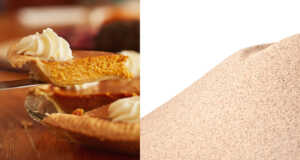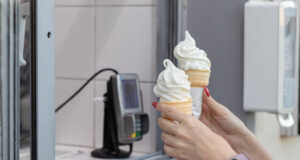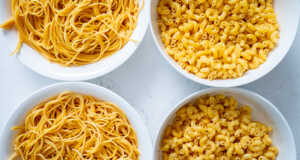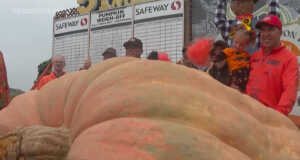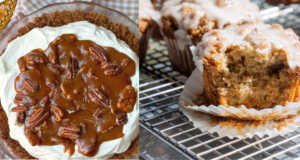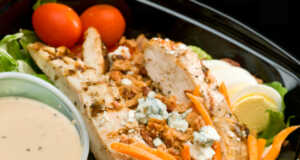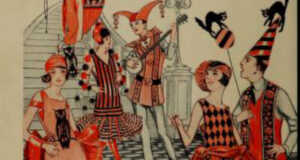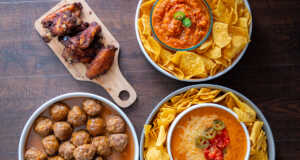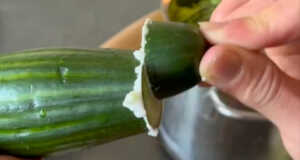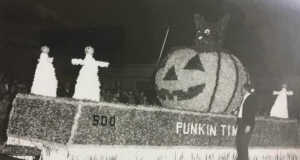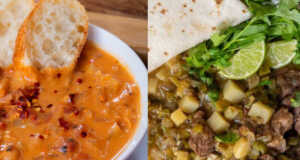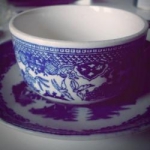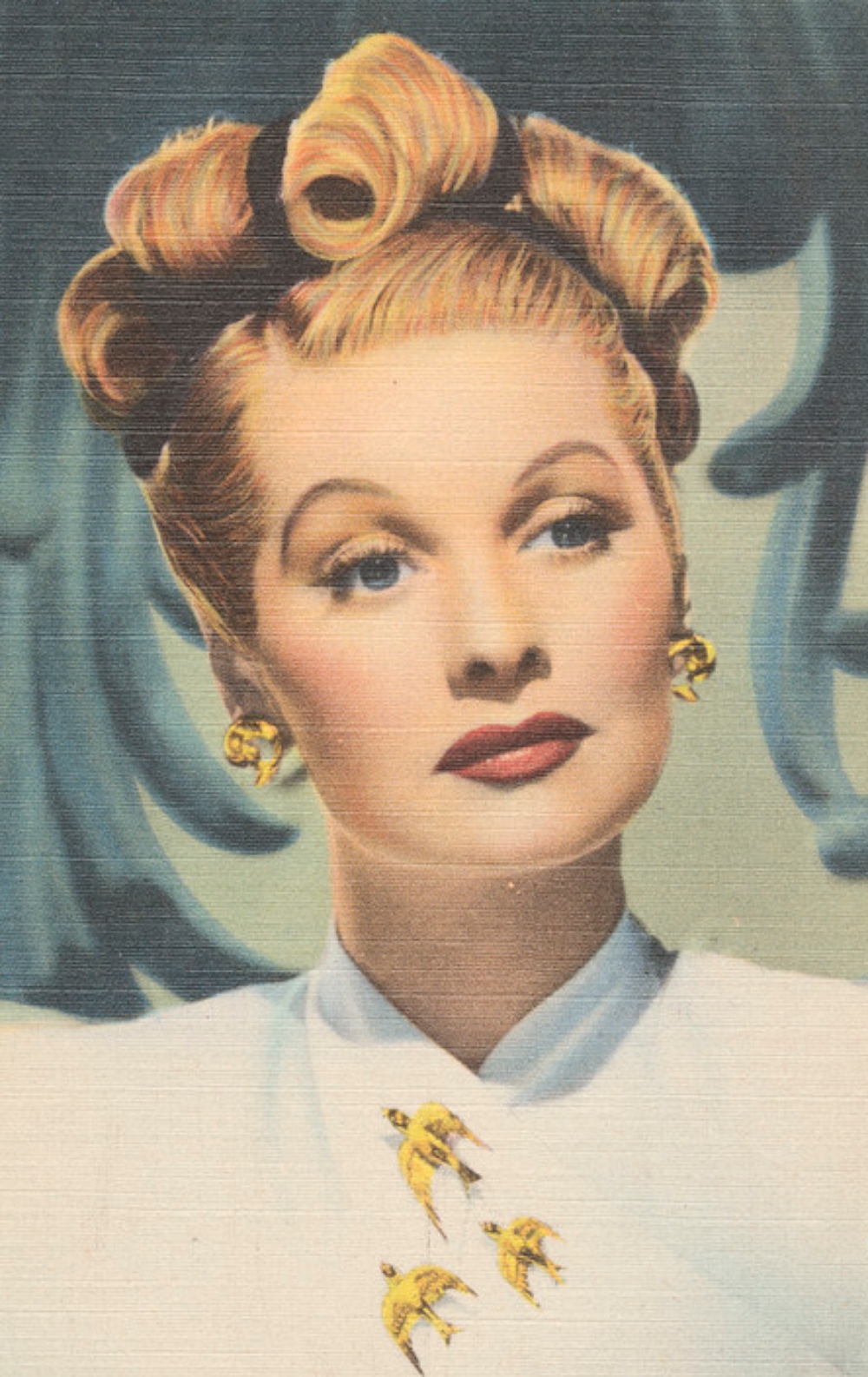
Lucille Ball began studying acting in 1928 and by the early 1930s was a struggling actress and model. She didn’t land her first credited role until 1936. Up until that point any films she appeared in were extremely minor parts. To make ends meet in the days before she was a studio regular she had a trick that she used at a particular diner that was her ticket to eating on virtually no budget.
The Great Depression was a time when many people had to tighten their belts. During the 1930s many people were struggling. Traveling day laborers and hobos knocked on doors to ask if there was a meal going spare. Anyone down on their luck could also load up on restaurant freebies like saltines, ketchup, and lemon water in order to ease their hunger pangs.
Some restaurants began to offer cheap meals that were small, but affordable. Charity restaurants sometimes offered meals for only 1 penny, but many times a diner meal cost 15 cents or a quarter.
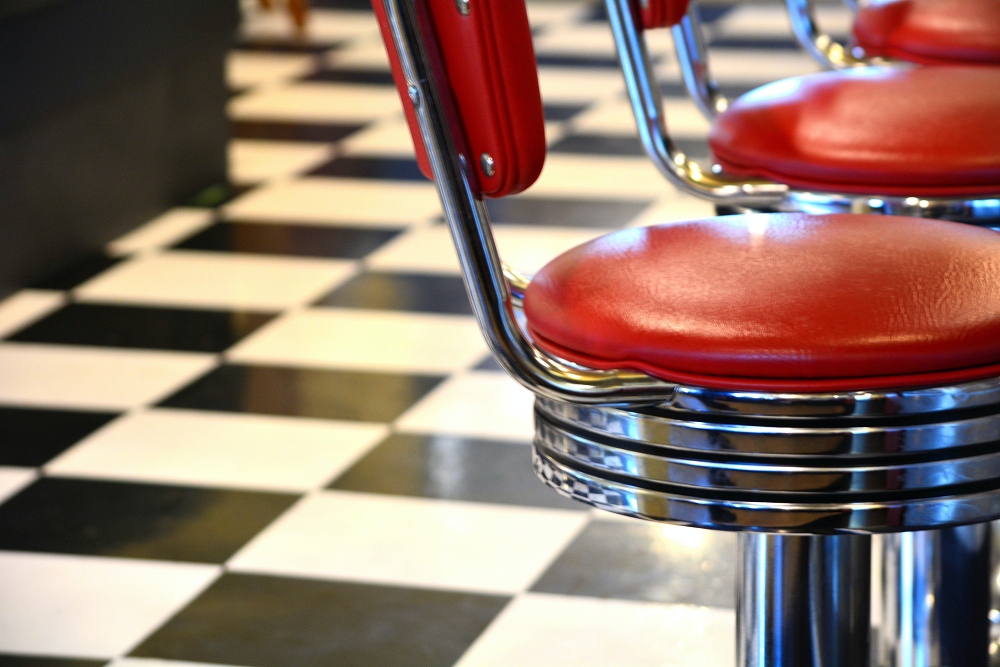
Lucille Ball was told in her acting school days that she wasn’t well-suited to the career. However, instead of letting it deflate her she became even more determined to make it in show business.
She often worked as a model, but there was a period of 2 years when she couldn’t work due to a prolonged case of rheumatic fever. In the days before she had regular film studio work her trick for getting breakfast at her local diner wasn’t much different from the people who made a whole lunch of crackers and ketchup.
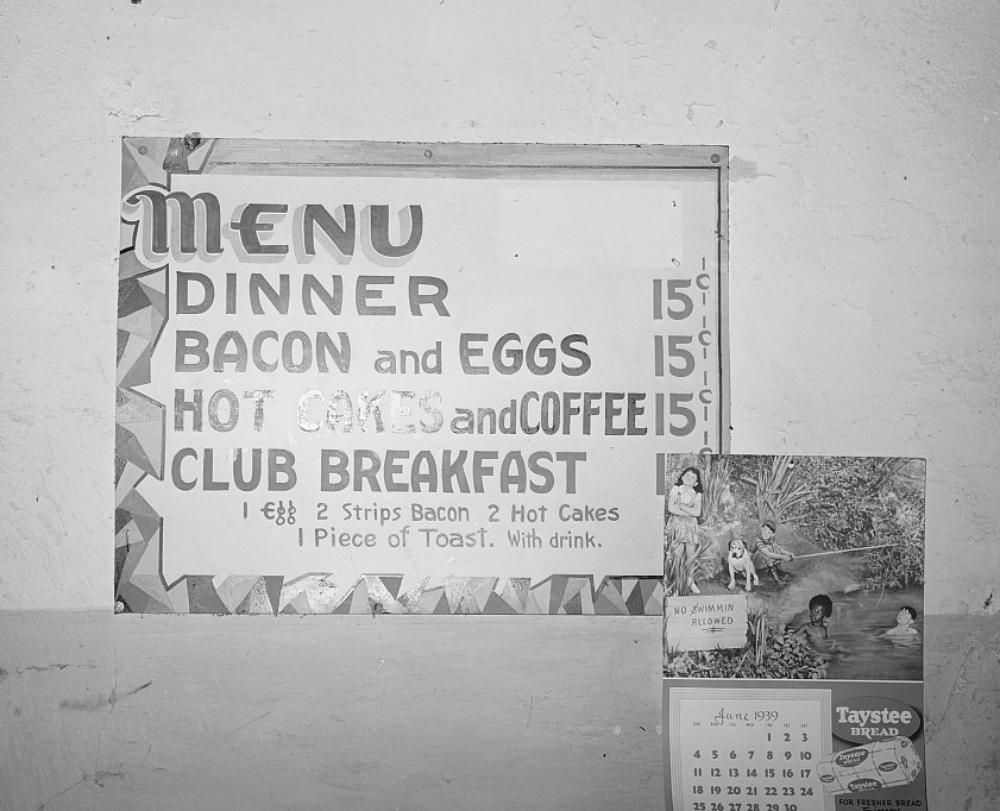
On Shirley MacLaine’s variety special, Gypsy in My Soul (1976), Ball told the story of how she did it, sarcastically referencing “the good old days”.
In those days a “breakfast place” she frequented had a breakfast special: a cup of coffee, a glass of orange juice, and 2 donuts for 15 cents. However, if you didn’t have 15 cents then ordering became a lot trickier.
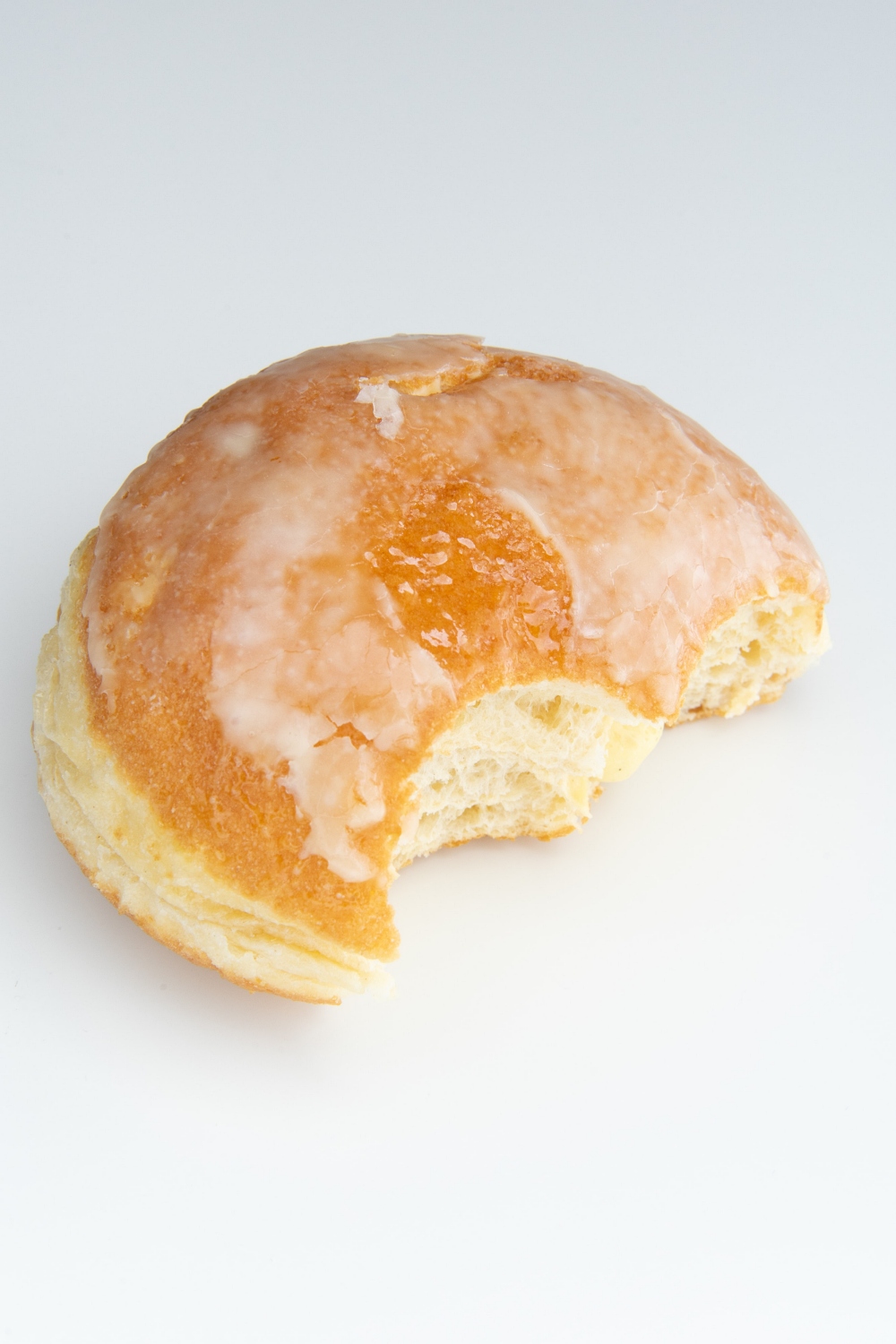
She would wait for someone who left a nickel tip and part of a donut on the counter. She’d slide into their seat. Then she’d pick up the donut and coffee cup and ask, “may I have some more coffee please?” and then pay for the extra coffee with nickel. She said she “got away with that for months”.
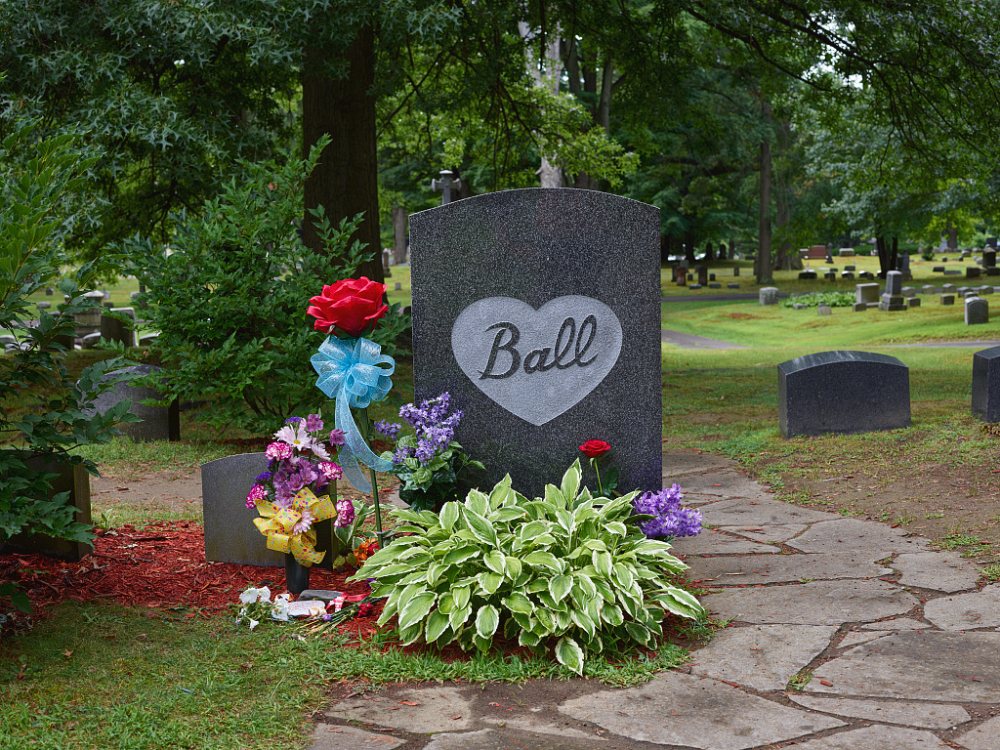
Ball told the story so often that it became one of her most beloved anecdotes. To this day people leave nickels on her gravestone in Jamestown, New York, in honor of this story.
